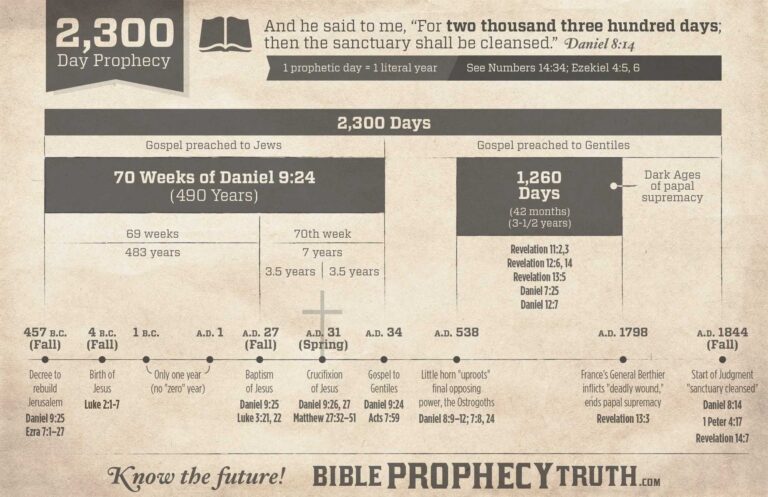How to write contextualization AP World: Dive right into your historical analysis by setting the scene with relevant background information. Contextualization is key to demonstrating a deeper understanding of the historical events being discussed. By providing context, you can effectively frame your argument and showcase your knowledge of the broader historical landscape. Let’s explore the art of crafting compelling contextualization in your AP World History essays.
How to Write Contextualization in AP World: A Comprehensive Guide
Welcome to our guide on how to write contextualization in AP World! Understanding how to effectively contextualize historical events is a crucial skill for success in the AP World History exam. In this article, we will break down the key steps and strategies you need to master to excel in writing contextualization for your AP World essays.
What is Contextualization in AP World History?
Before diving into the specifics of how to write contextualization, let’s first understand what it means in the context of AP World History. Contextualization involves placing a historical event, idea, or development within its broader historical, social, economic, or cultural context. It requires students to demonstrate an understanding of the broader forces at play during a particular time period and how they influenced the event in question.
Importance of Contextualization
Contextualization is a critical component of the AP World History exam because it shows that you can analyze historical events beyond just what happened. By providing context, you demonstrate a deeper understanding of the complexities of history and can offer more nuanced and insightful analyses in your essays. Contextualization also helps you connect different events and developments, showcasing a more comprehensive understanding of the past.
Steps to Write Effective Contextualization
Now that we’ve covered the basics, let’s delve into the steps you need to follow to write effective contextualization in your AP World essays:
Step 1: Understand the Historical Context
The first step in writing effective contextualization is to thoroughly understand the historical context surrounding the event or topic you are discussing. This means considering the time period, geographical location, relevant social structures, cultural norms, economic conditions, and political dynamics of the era in question.
For example, if you are discussing the Industrial Revolution in Europe, you should consider factors such as urbanization, the rise of capitalism, technological advancements, and social transformations that characterized that period.
Step 2: Identify Key Themes and Trends
Once you have a solid grasp of the historical context, identify the key themes and trends that are relevant to the event or topic you are analyzing. These themes could include imperialism, nationalism, industrialization, globalization, revolution, or any other significant historical processes.
By pinpointing these key themes, you can showcase a deeper understanding of how the event fits into the broader currents of history and how it was shaped by or contributed to these larger trends.
Step 3: Make Connections
Good contextualization goes beyond simply describing the historical context; it involves making connections between the event or topic and the broader historical narrative. You should explain how the specific event or development was influenced by or influenced other historical phenomena.
For instance, if you are discussing the American Revolution, you could explore how Enlightenment ideas, the French Revolution, and the Atlantic slave trade influenced the revolutionary movement in the American colonies.
Step 4: Provide Analysis and Insight
Finally, effective contextualization requires you to provide analysis and insight into the significance of the event or topic within its broader historical context. This means going beyond a surface-level description and offering a thoughtful interpretation of why the event matters and how it fits into the larger historical narrative.
Consider questions such as: Why did this event happen when it did? What were the long-term consequences of this event? How did it shape future developments? By addressing these questions, you can demonstrate a deeper understanding of the historical significance of the topic.
Tips for Writing Strong Contextualization
Writing effective contextualization takes practice and skill. Here are some tips to help you strengthen your contextualization in AP World essays:
Tip 1: Use Specific Details
Provide specific details and examples to support your analysis. This could include dates, names of key figures, specific policies or events, and other concrete details that help bolster your argument and demonstrate your understanding of the topic.
Tip 2: Reference Multiple Perspectives
Consider different historical perspectives and viewpoints when writing contextualization. This could involve analyzing the event from the perspectives of different social classes, regions, or cultural groups to offer a more nuanced and comprehensive analysis.
Tip 3: Link to the Thesis
Ensure that your contextualization directly relates to your thesis statement. Your contextualization should set the stage for your argument and provide the necessary background information for the reader to understand the significance of your analysis.
Tip 4: Practice Timed Writing
Practice writing contextualization under timed conditions to improve your speed and accuracy. The more you practice, the more comfortable you will become with synthesizing historical information and crafting effective contextualization in a limited amount of time.
In conclusion, mastering the art of contextualization is essential for success in AP World History essays. By following the steps outlined in this guide and incorporating the tips provided, you can elevate your contextualization skills and craft more nuanced and insightful analyses of historical events. Remember, practice makes perfect, so keep honing your contextualization skills to excel in your AP World History studies!
Good luck!
Stop MISSING the CONTEXTUALIZATION Point for DBQ & LEQ!!
Frequently Asked Questions
What is the importance of contextualization in AP World History essays?
Contextualization is crucial in AP World History essays as it demonstrates a deep understanding of historical events by placing them within their broader historical, cultural, and geographical context. It helps to show the interconnectedness of different factors and events, providing a more comprehensive analysis for a stronger argument.
How can I effectively incorporate contextualization in my AP World essay?
To effectively incorporate contextualization, start by providing background information on the time period, region, key players, and relevant events surrounding the topic. Then, link these contextual details directly to the thesis statement or main argument of your essay to show how they support your analysis and interpretation.
What are some tips for improving contextualization in AP World essays?
One tip is to consider the different perspectives and voices of those involved in the historical event or period you are discussing. This can enrich your contextualization by showing a more nuanced understanding of the complexities of history. Additionally, make connections between the context you provide and the specific evidence or examples you use to support your argument.
Final Thoughts
In conclusion, mastering how to write contextualization in AP World History is crucial for a successful essay. To effectively contextualize, provide historical background, connect the topic to broader historical events, and explain the significance of the context. Crafting strong contextualization enhances the depth and complexity of your analysis. Remember to link the context explicitly to the main argument. Practice writing contextualization statements regularly to improve your skills. Mastering this aspect will elevate the quality of your essays and boost your AP World History scores.






+ There are no comments
Add yours